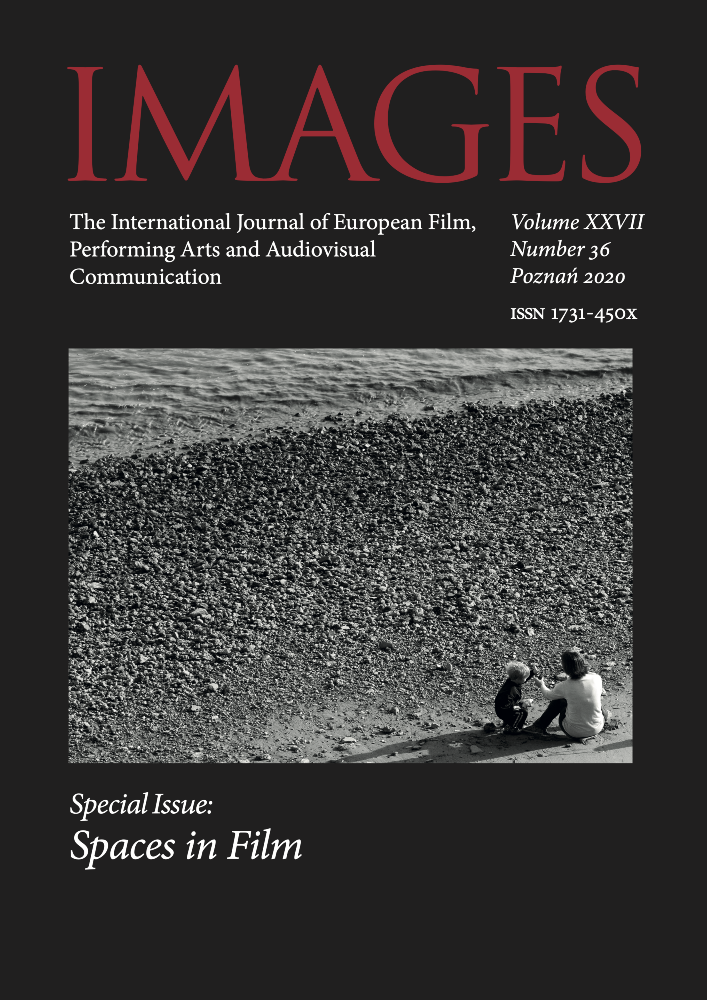Abstract
Vilayanur S. Ramachandran and William Hirstein are the authors of the concept of a work of art understood as an exaggerated stimulus in the creative process. The aim of art, according to them, is (a) to show the essence of something in a perceptually accessible way, and (b) to evoke a strong reaction from the recipient. Scientists say that the aim of art is not to perfectly reproduce reality, but to present the very essence of an object, scene or event by exaggerating its most characteristic features, while ignoring non-essential features. The effect of this treatment is a super stimulus, which is a supernatural stimulus that does not exist in the real world. Researchers have proposed seven universal – evolutionarily and culturally – neurological laws of aesthetic experience in relation to the visual arts (painting and sculpture). I propose to extend the tool apparatus of neuroaesthetics from the area of unimodal arts to a work of film art. It is an interesting tool for research into film aesthetics and masterpieces. In this paper, I will discuss these laws and make a representative analysis of them in a visual case study of Michael Almereyda’s film Nadja (1994). The main goal of my work is to show the stricto naturalistic position. Man is not aware that the first stages of cognitive perception have a significant impact on his interest in art, what he pays attention to, and on aesthetic experiences on a sensual, unconscious level. It is an interdisciplinary attempt to provide consistency of research approaches in the humanities with the naturalistic one in the area of natural sciences, which shows that on some levels we are very similar to each other and only in the process of ontogenesis do we acquire individuality – that we are governed by universal laws, not only those related to our
individual interests and tastes.
References
Arnheim R., Film jako sztuka, przeł. W. Wertenstein, Warszawa 1961
Arnheim R., Sztuka i percepcja wzrokowa. Psychologia twórczego oka, przeł. J. Mach, Gdańsk 2004
Baranowski P., Przybysz P., Neuroestetyka wieloznaczności. Percepcja vs. interpretacja w sztuce decentryzmu, [w:] Filozof w krainie umysłów, Poznań 2018
Burke E., A Philosophical Enquiry into the Origin of Our Ideas of the Sublime and the Beautiful, Harmondsworth 1998
Francuz P., Imagia. W kierunku neurokognitywnej teorii obrazu, Lublin 2013
Helman A., Ostaszewski J., Historia myśli filmowej, Gdańsk 2007
Ishizu T., Zeki S., W stronę neurobiologicznej teorii piękna, „Via Mentis” 2012, 1 (1)
Jaśkowski P., Neuronauka poznawcza, Warszawa 2009
Kawabata H., Zeki, S., Neural correlates of beauty, „Journal of Neurophysiology” 2004, 91(4), s. 1699–1705
Kuleszow L., Sztuka filmowa. Moje doświadczenia, przeł. W. Godzic, Kraków 1996
Livingstone M., Vision and Art: The biology of seeing, New York 2002
Markiewicz P., Przybysz P., Neuroestetyka. Przegląd zagadnień i kierunków badań, [w:] Na ścieżkach neuronauk, red. P. Francuz, Lublin 2010
Maruszewski T., Psychologia poznania, Gdańsk 2001
Przybysz P., O naturze emocji towarzyszących odbiorowi sztuki. Dynamiczne i sytuacyjne podejście do emocji estetycznych, „The Polish Journal of Aesthetics” 2017, t. 46, nr 3
Przybysz P., O uchwytywaniu piękna. Rola deformacji estetycznych w tworzeniu i percepcji dzieła sztuki w ujęciu neuroestetyki, [w:] Mózg i jego umysły. Studia z kognitywistyki i filozofii umysłu, t. 2, red. W. Dziarnowska, A. Klawiter, Poznań 2006
Ramachandran V.S., Neuronauka o podstawach człowieczeństwa. O czym mówi mózg, przeł. A. Binder, M. Binder, E. Józefowicz, Warszawa 2012
Ramachandran V.S., Hirstein W., Nauka wobec zagadnienia sztuki. Neurologiczna teoria doświadczenia estetycznego, przeł. P. Przybysz, [w:] Mózg i jego umysły. Studia z kognitywistyki i filozofii umysłu, t. 2, red. W. Dziarnowska, A. Klawiter, Poznań 2006
Tan E., Emocje a sztuka i humanistyka, [w:] Psychologia emocji, red. M. Lewis, J.M. Haviland-Jones, Gdańsk 2005
Wilson E.O., Konsiliencja. Jedność wiedzy, przeł. J. Mikos, Poznań 2002
Zeki S., Blaski i cienie pracy mózgu. O miłości, sztuce i pogoni za szczęściem, przeł. A. i M. Binderowie, Warszawa 2012
Zeki S., Visual art and the visual brain, „The Woodhull Lecture” 1995
License
Copyright (c) 2020 Hanna Przybysz

This work is licensed under a Creative Commons Attribution 4.0 International License.

